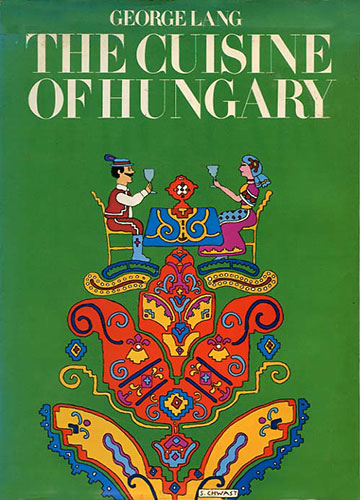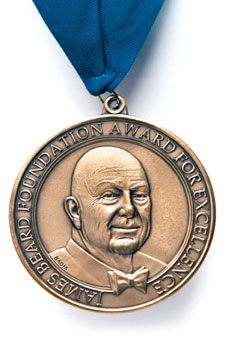 The health benefits of the lusty Mediterranean diet have been touted for years but perhaps never as persuasively as in the recent New York Times article written by Gina Kolata. A regime of olive oil, fish, nuts, beans, vegetables, fruit, and wine (a glass a day), has been proven to reduce heart attacks and strokes among people at high risk for them in a statistically significant way in a study conducted by Dr. Ramon Estruch, a professor of medicine at the University of Barcelona. The magnitude of the findings was so illuminating that the study ended five years earlier than anticipated. The study affirmed that following a Mediterranean diet as described above had enormous benefits while, quite astonishingly, following a low-fat diet "was not shown in any rigorous way to be helpful." In addition to eating fish, fruits, vegetables, and legumes, the 7,447 participants in the study were also advised to reduce their intake of dairy, processed meats, and commercially processed sweets.
The health benefits of the lusty Mediterranean diet have been touted for years but perhaps never as persuasively as in the recent New York Times article written by Gina Kolata. A regime of olive oil, fish, nuts, beans, vegetables, fruit, and wine (a glass a day), has been proven to reduce heart attacks and strokes among people at high risk for them in a statistically significant way in a study conducted by Dr. Ramon Estruch, a professor of medicine at the University of Barcelona. The magnitude of the findings was so illuminating that the study ended five years earlier than anticipated. The study affirmed that following a Mediterranean diet as described above had enormous benefits while, quite astonishingly, following a low-fat diet "was not shown in any rigorous way to be helpful." In addition to eating fish, fruits, vegetables, and legumes, the 7,447 participants in the study were also advised to reduce their intake of dairy, processed meats, and commercially processed sweets.
The Mediterranean plan is not so much about weight loss as it is a formula for living longer. It is also so much easier and enjoyable to maintain than many other diet plans which eliminate large swaths of fresh food groups. It is "inclusive" rather than extreme and faddish. This cuisine naturally exists in areas whose coastlines hug the Mediterranean, including Spain, Greece, Cyprus, parts of Italy and France, and many Middle Eastern countries. And it would behoove us all to take a look at Nancy Harmon Jenkins seminal book called "The Mediterranean Diet," written almost 20 years ago. It is as valid as ever and the most sensual way I know to take charge of your health every single day.
Interestingly, at the same time the results of this study are circling the globe, we are reading Michael Moss's new book, Salt Sugar Fat: How the Food Giants Hooked Us. Mr. Moss is a Pulitzer Prize-winning investigative reporter who implores us to fight back from the pernicious addictiveness of processed food created by big food companies. Moss demonstrates how food scientists use cutting-edge technology to calculate the "bliss point" of sugary drinks or enhance the "mouthfeel" of fat by altering its chemical composition. Personally I find a pile of fat asparagus grilled on rosemary branches and doused with extra-virgin olive oil far more enticing than any bag of chips or doodles. And a sweet ripe pear with a handful of walnuts (also in the news this week) make a pretty alluring alternative to Ring Dings.









